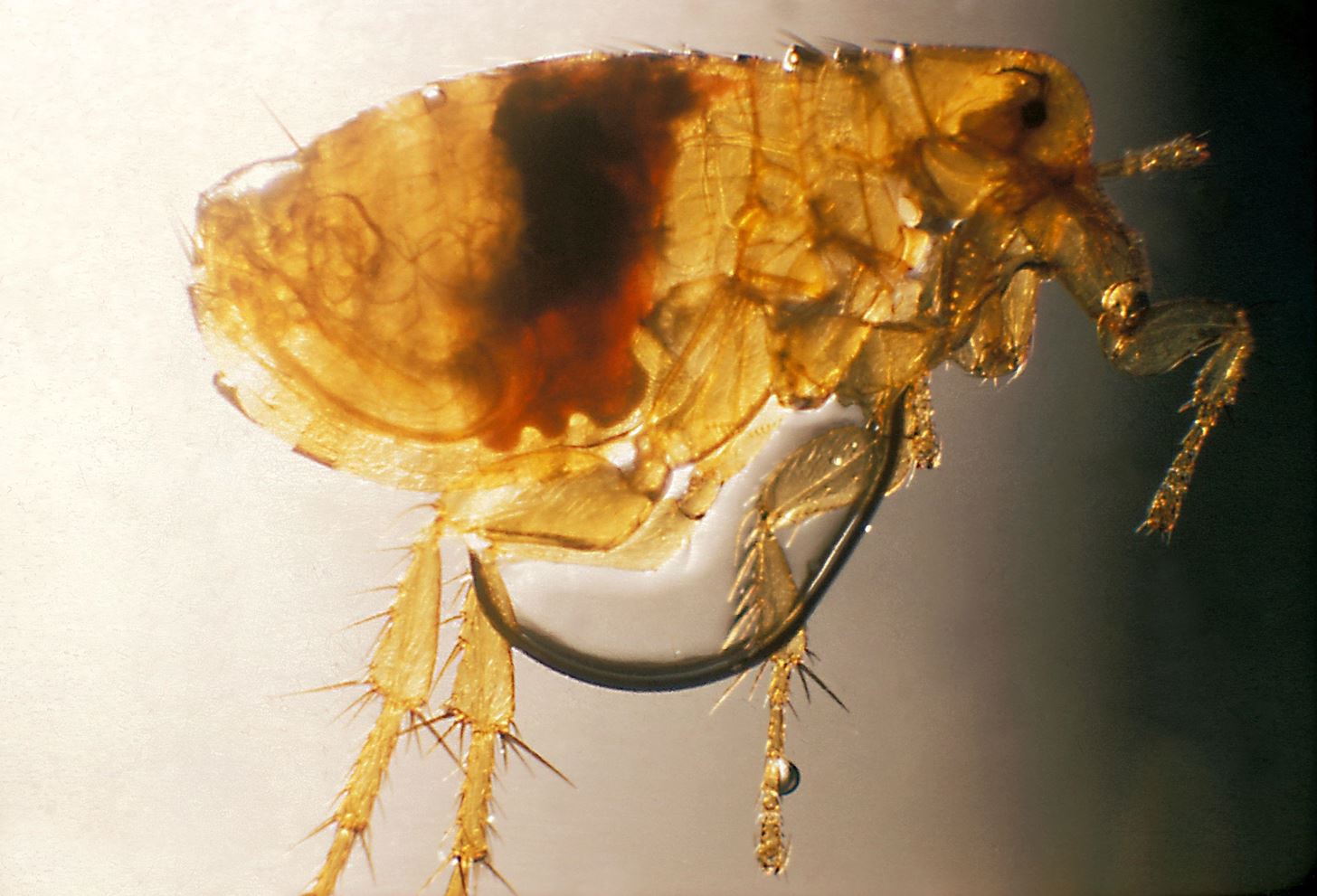Yes, bubonic plague—the Black Death that killed millions in the Middle Ages— is still out there. It even infects and kills people in the United States. Without treatment, half the people infected die, but the Food and Drug Administration approved ciprofloxacin in 2015 to treat plague, and it has just successfully been used to stop the infection in five people.
Before ciprofloxacin was approved for use, people infected with Yersinia pestis, the plague-causing bacteria, were treated with streptomycin or doxycycline. Streptomycin kills the bacteria, but has serious side effects, and doxycycline inhibits the bacteria, but doesn't completely kill it.
Humans usually get plague after being bitten by a rodent flea that is carrying the Y. pestis bacteria. Rock squirrels, wood rats, ground squirrels, prairie dogs, chipmunks, mice, voles, and rabbits also can become infected with plague from a flea bite, and fleas that bite them can, in turn, transmit the infection to humans by biting them.

After being bitten with a plague-carrying flea, the infection starts suddenly with fever, headache, chills, and weakness, accompanied by one or more swollen, tender, and painful lymph nodes, called buboes—hence, the name bubonic plague.
In some people, the bacteria travels through the blood, and septicemic plague develops. Fever, chills, extreme weakness, abdominal pain, shock, and bleeding into the skin and other organs are symptoms of septicemic plague. Skin, particularly on the fingers, toes, and nose, may turn black and die—the characteristic symptom we associate with the plague.
Either bubonic or septicemic plague can occur after a bite with an infected flea, but septicemic plague may also develop from handling an infected animal, especially if someone has contact with their blood.
Yet another form of plague, pneumonic plague, may develop from untreated bubonic or septicemic plague that spreads to the lungs, or from from inhaling infectious droplets from another person with pneumonic plague.
People with pneumonic plague develop fever, headache, weakness, and pneumonia with shortness of breath, chest pain, cough, and sometimes bloody or watery mucous. Pneumonic plague is the most serious form of the disease—90% of untreated people die—and it's the only form of plague that can be spread from person to person.
And several people in the US have contracted pneumonic plague by breathing in droplets from infected cats.
Of the patients recently treated with ciprofloxacin, four had bubonic plague and the fifth had pneumonic plague. They were given ciprofloxacin for 10 days at a dose of about 15 mg/kg body weight twice daily (the maximum does for adults was 750 mg twice daily).
Three patients were sick enough to be admitted to the hospital, and two were treated as outpatients. Within two days of treatment, the patients' body temperatures returned to normal and after two weeks, and all were discharged and returned to their normal activities.
Plague in the United States
While 1,000–2,000 cases of plague are reported to the World Health Organization each year, an average of seven people are reported to have plague in the US annually. However, cases of plague in the US have risen steadily since 2010. There were 16 cases of plague in the US in 2015 and 4 of those people died.

With the exception of one person who was infected with the organism in a laboratory in Illinois, all the cases of human plague in the US since 1970 have occurred in the western part of the country. Over 80% of the US cases have been bubonic plague.

There is no vaccine available to prevent the plague, and it may be difficult to avoid flea bites in certain rural and semi-rural areas of the western US where ground squirrels, chipmunks, and rats may be plentiful. In the case of a flea bite from a Y. pestis carrying animal—it's a good thing that ciprofloxacin is around to treat the infection.
Just updated your iPhone? You'll find new emoji, enhanced security, podcast transcripts, Apple Cash virtual numbers, and other useful features. There are even new additions hidden within Safari. Find out what's new and changed on your iPhone with the iOS 17.4 update.





























Be the First to Comment
Share Your Thoughts